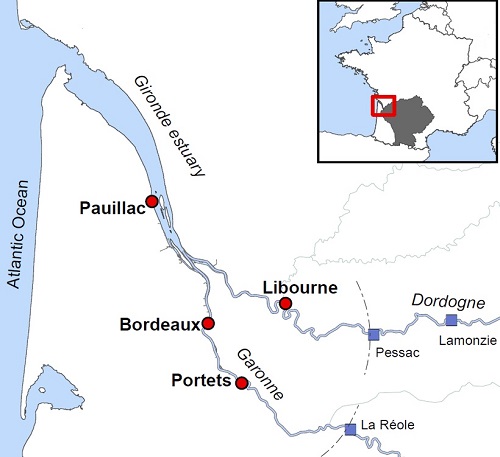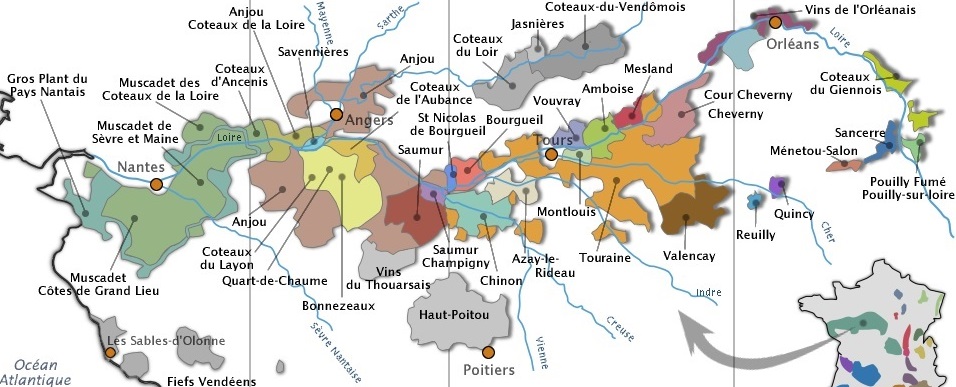Rivers and Lakes
A vineyard needs good soil, sunshine and water, but from bud to berry, grapes must ripen slowly to create the perfect balance between sugar and acidity.
It is not a coincidence that some of the world's greatest wine regions follows a river.
The large mass of water in these rivers, acts as a climate moderator, giving the vines a safe and consistent environment. In addition, the riverbanks, formed over millions of years, have mineral-rich soils which impact the aromas in the grapes.
For resources, agriculture or trade, people have always settled near waterways.
Where Romans went, wine followed. As Roman legions spread through Europe, along the rivers like Danube, Rhine and Mosel, they left behind grape plantings that would lay the foundations for Europa's finest wine regions.
Mosel
Mosel is the oldest wine-growing region in Germany.

The Mosel wine region is named after the Mosel river, where the banks rise so sharply that the vineyards are among the steepest in the world.
At 65° degrees incline, the steepest vineyard is the Bremmer Calmont vineyard belonging to the village of Bremm.
Nearly all vines in Mosel have to be picked by hand.
The Mosel is most famous for wines made from the Riesling grape. Because of the northerly location, these wines are often light, crisp and high in acidity, and often exhibit "flowery" rather than "fruity" aromas.
Gironde

The Gironde is a navigable estuary (wide river), formed from the meeting of the rivers Dordogne and Garonne in the centre of Bordeaux.
Gironde splits the Bordeaux wine region in the famous Left Bank and Right Bank.
Loire
The Loire Valley has a long history of winemaking dating back to the 1st century.

The Loire river has a significant effect on the climate of the Loire wine region, adding the necessary extra few degrees of temperature that allows grapes to grow, when the areas to the north and south of the valley are unfavorable to viticulture.
The Loire Valley includes the French wine regions from the Muscadet region on the Atlantic coast to the region of Sancerre and Pouilly-Fumé southeast of Orléans in north central France. In between are the wine regions of Anjou, Saumur, Bourgueil, Chinon, and Vouvray.
Danube

The characteristics of wines produced near the Danube are shaped by the substantial diurnal variation (temperature differences between day and night, especially during September when the cool air making its way down from the north, and a long growing season with harvesting well into November.
The Ebro River Valley
The Ebro (987 km / 580 miles) is the longest river in Spain.

The Ebro river starts at Fontibre, flows through the limestones of central Ebro valley, and discharges in the Ebro delta on the Mediterranean Sea.
The river has carved out (between Sierra Cantábrica and Sierra Demandaout the most Spanish vineyards:
- Rioja DOCa
- Cariñena DO
- Calatayud DO
The Duero (Duoro) Valley
The Duero river (Douro in Portugal) is 765 km (475 miles) long.

Duero starts in the Sierra de Urbión mountains south of Rioja, flows across Spain and forms part of the Spanish-Portuguese border before it flows across Portugal to the Atlantic Ocean at Pôrto.
The river has carved out the famous Spanish vineyards:
- Ribera DO
- Toro DO
- Rueda DO
Rhine River

Other Famous Riverbanks
- Baune
- Saône & Rhône
- Napa River
- Russian River
- Margaret River
